
Proof from Seething Wells
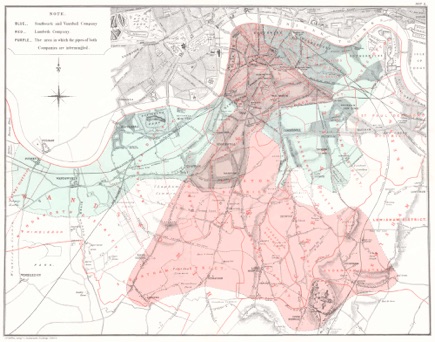
Seething Wells Water - Surbiton’s Hidden Heritage
Dr. John Snow’s proof
the Mode of Communication and Seething Wells Water
In 1854 there was another cholera epidemic in London. By this time Dr. Snow was collecting data for his Grand Experiment: proof that cholera was carried by water. During the outbreak that year circumstances were right for him to do this. He compared households in south London who drew their water from two different companies. Some houses took water from the Southwark and Vauxhall Company, who drew their water from the Thames at Battersea, in the midst of the Thames soup. Other households received their water the Lambeth Water Company who drew their water from Seething Wells. Apart from the difference in water supply, the households were in the same area, down the same roads. The residents had similar lifestyles and breathed the same air. If there was a difference in two groups, then the cause must lie within the water.
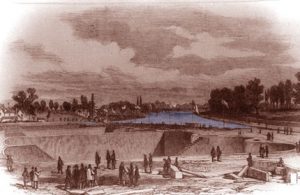
Snow walked door to door asking which house was served by which water company. Many tenants either wouldn’t or couldn’t answer where their water came from. Instead he took a sample of water from each house to establish the level of salt in the sample. The Battersea water, drawn from the tidal Thames, was salty; the Seething Wells water was not.
The results of the Grand Experiment were published in the 2nd edition of John Snow’s famous work On the Mode of Communication of Cholera. In his paper Dr. John Snow states:
“According to a return which was made to Parliament, the Southwark and Vauxhall Company supplied 40,046 houses from January 1st to December 31st, 1853, and the Lambeth Company supplied 26,107 houses during the same period; consequently, as 286 fatal attacks of cholera took place, in the first four weeks of the epidemic, in houses supplied by the former Company, and only 14 in houses supplied by the latter, the proportion of fatal attacks to each 10,000 houses was as follows. Southwark and Vauxhall 71. Lambeth 5. The cholera was therefore fourteen times as fatal at this period, amongst persons having the impure water of the Southwark and Vauxhall Company, as amongst those having the purer water from Thames Ditton.”
He had proof that cholera was spread through water, not air. On March 5, 1855 Dr. Snow gave evidence to a Parliamentary committee chaired by Sir Benjamin Hall:
162. [Mr. Wilkinson] “Did not you make particular inquiries at the houses which were supplied by two companies which take their supply of water from different places?”
Dr. Snow: ”Yes; the one is supplied from Battersea Fields, near Vauxhall Bridge, and the other from Thames Ditton.” (Seething Wells)
163. “Was there a very marked difference between them?”
Dr. Snow: ”There was. In the first four weeks of the epidemic the mortality was fourteen times as great amongst the customers of the Southwark and Vauxhall Company, getting their water in Battersea Fields as in the other, taking into account the number of houses supplied by each company.”
Eventually the private water companies were forced to introduce filtration systems and an Act of 1856 forbade them to draw supplies from the Thames below Teddington. Bazalgette became Chief engineer to the new Board of Works in 1855 and London built 1,300 miles of sewers taking waste water out of London in all directions.
Dr. John Snow’s proof, the Mode of Communication and Seething Wells Water

The Seething Wells water works was one of the first sites to supply London with clean water in the 19th century. Doctor John Snow made the link between spread of cholera and polluted water at the same time that Seething Wells was built and used it as evidence to prove his theory.
Seething Wells Water
Surbiton’s Hidden Heritage
Anyone who has walked or driven along the Portsmouth Road, Seething Wells in Surbiton and past the old water works and reservoirs will have probably done so without realising the importance of these sites in the story of public health in Great Britain and the defeat of Cholera in this country and abroad.
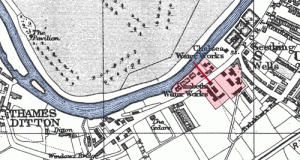
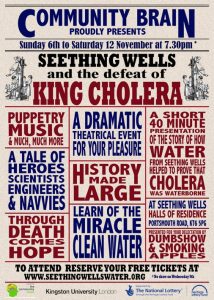
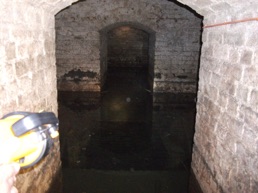
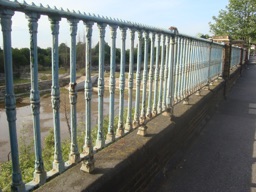
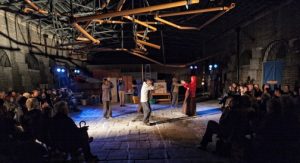
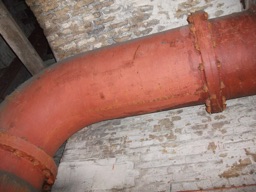
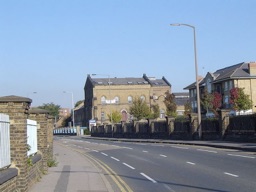
A great deal of this story is visible to the naked eye, the water beds, engine houses and coal stores. There is also much that lies beneath our feet. Massive Victorian tunnels and pipes still exist under the ground, created to allow barges to deliver coal to pumping stations via rail. Massive pipes to take water from the ground breaking filter beds and more pipes to take this precious clean water into London.
These are no ordinary waterworks – these are the waterworks that allowed Dr John Snow to prove that Cholera was ‘waterborne’ and put an end to the outbreaks of the disease that haunted towns and cities.
During 2011 and early 2012 a group of local volunteers worked to find out about the story of Seething Wells Water, what it was, who worked there, why it is there and how it helped defeat King Cholera. Our website, which is growing, will tell you this story, and show you some of the original documents we used to find it.
We still want to find out more. We want to find people in our community who are interested in the heritage that sits on our doorsteps and would like to help investigate all aspects of this remarkable site and its role in developing public health in this country.
The Seething Wells water pump is an archive of the past, a living museum of a monument to the human race. It is England’s first and only inland pumping station and its pumps were used to supply London with water after English Civil War. The site, built in 1827, also served as a public convenience during the 1930s when there were only two toilets within London.
Latest Updates

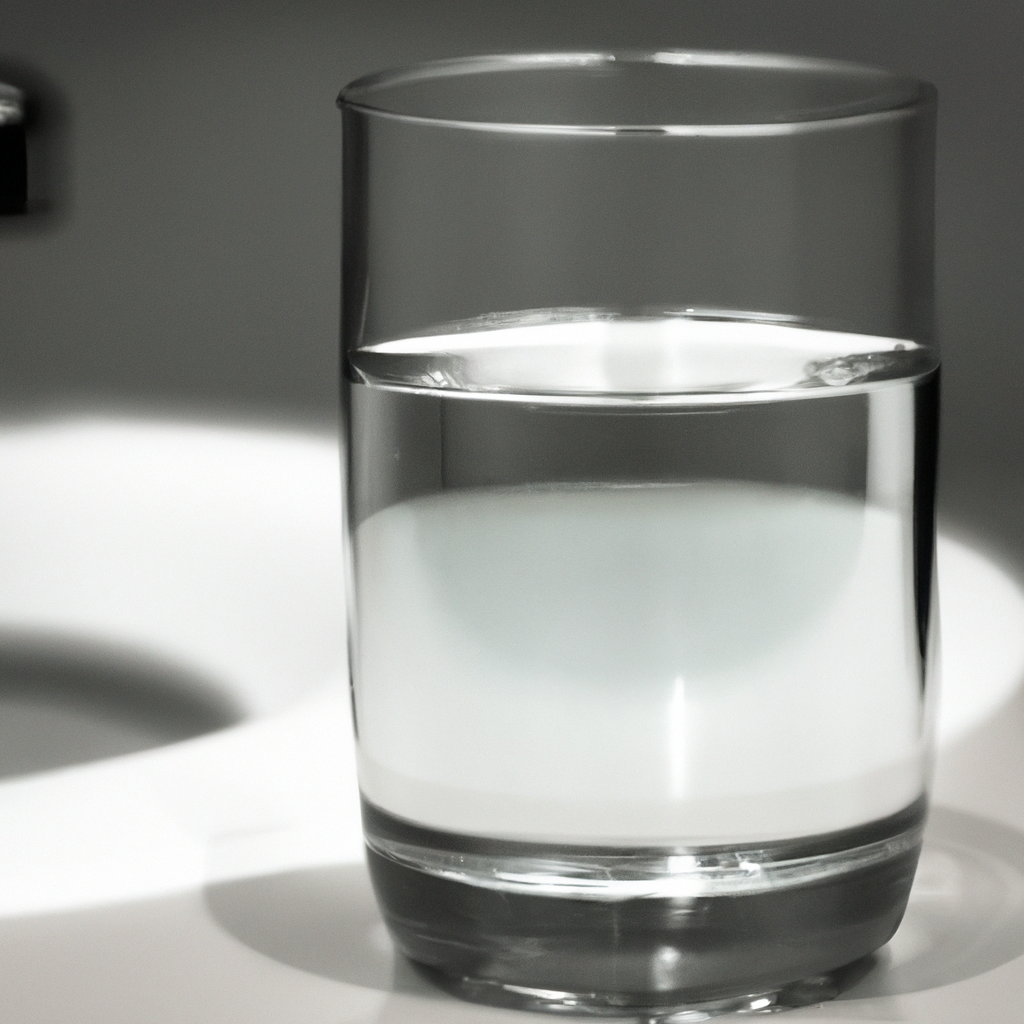
The Silent Threat: Uncovering the Dangers of Contaminated Tap Water
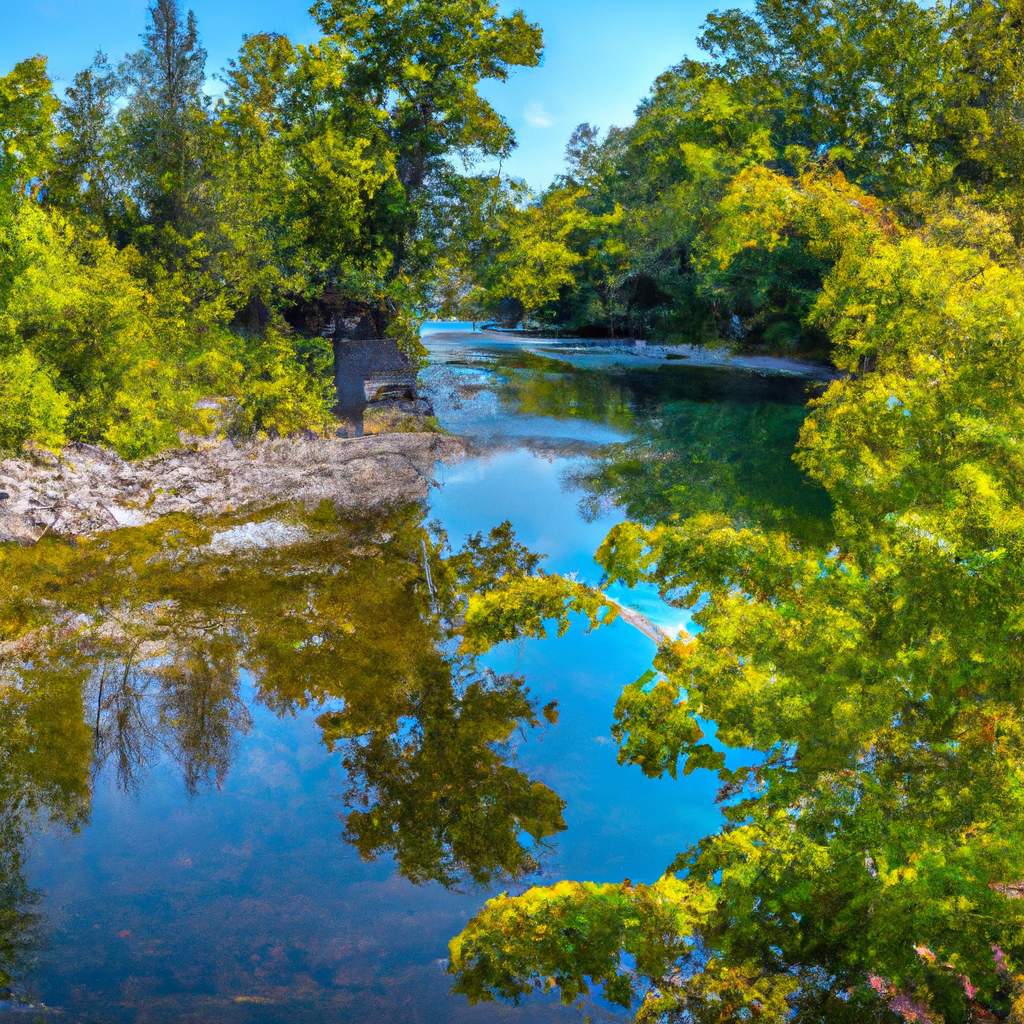
The Surprising Link Between Clean Water and Immune System Strength

The Hidden Connection: How Clean Water Can Impact Mental Health


© 2022 Proof from Seething Wells